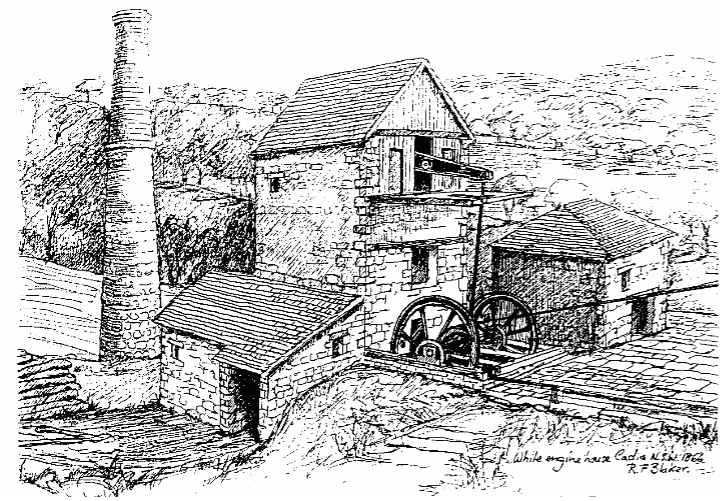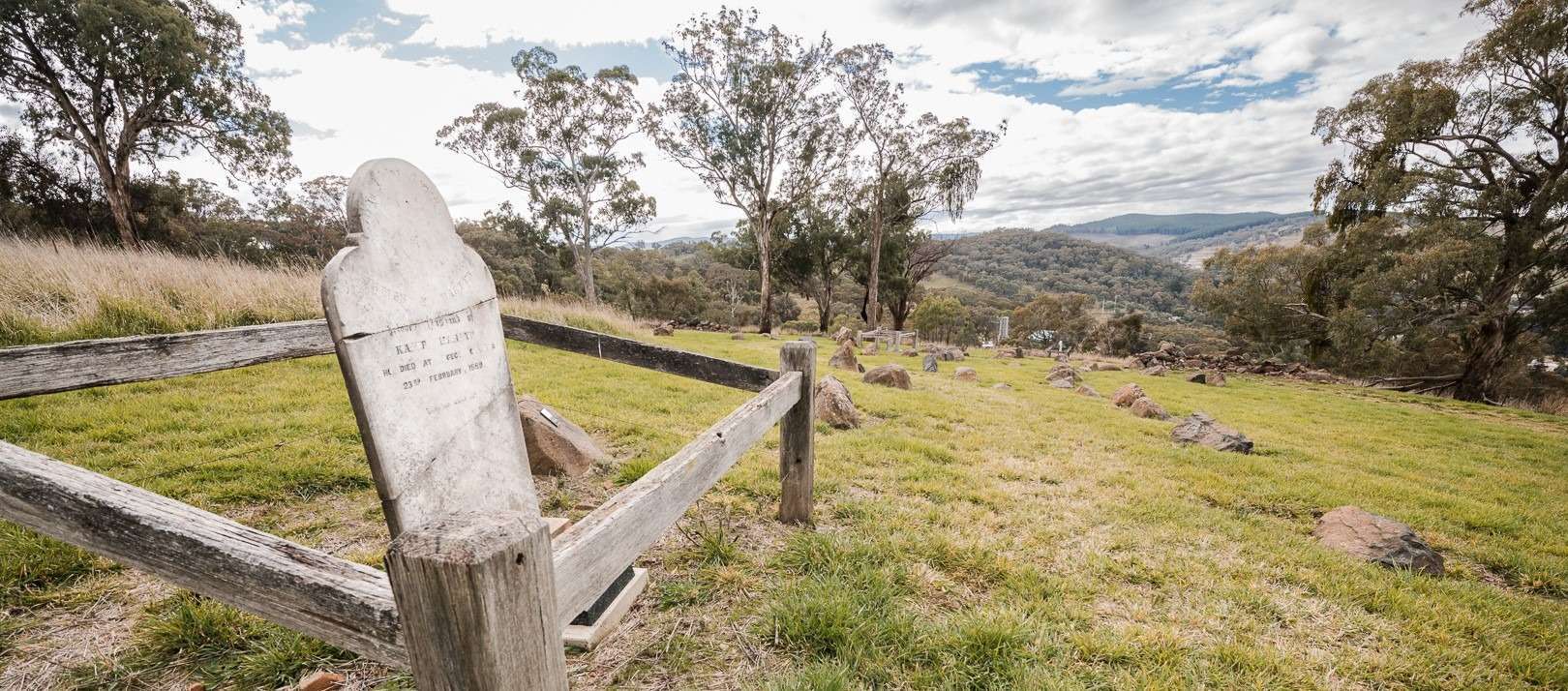We are short term custodians
As short-term custodians of the land in which we operate, we respect the values of historic assets and places on our site and the role of traditional owners and custodians of the land. We undertake conservation management to monitor and manage our environmental impacts on cultural heritage to preserve their legacy for future generations.
When the land was opened up to European settlement, the pastoralists were attracted to the best land. This caused hostilities between the Aboriginal people and the new settlers. Throughout the region, the Wiradjuri people were displaced and the Aboriginal population decimated. By the 1840s and 1850s the traditional Aboriginal way of life was in rapid decline. Nonetheless Aboriginal peoples still retain a strong connection to the land.
The traditional owners of the land around Cadia are the Wiradjuri people. Small campsites were located beside many of the creeks flowing south off the high ground, including Cadiangullong, Cadia, Hoares, Copper Gully and Rodds Creeks. However the area around Cadia has revealed little evidence of permanent Aboriginal occupation.
Aboriginal Heritage Surveys and Assessments
Aboriginal Heritage Surveys and Assessments have identified several Aboriginal heritage sites and artefacts on Cadia-owned land, which we preserve through our Aboriginal Cultural Heritage Management Plan.

Aboriginal scarred tree identified at Cadia
European Heritage Assessments
European heritage assessments have been conducted at Cadia which have identified numerous sites, structures and relics that constitute historical heritage from post-European settlement and mining in the Cadia area. Historical mining has involved the mining of gold, copper and iron ore by several companies since the 1850s. The conservation of European Heritage is managed through our Historical Heritage Management Plan.

The White Cornish Engine House at Cadia, 1866
